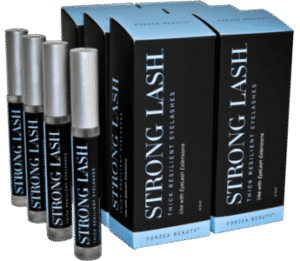Home » Assessing Your Packaging Needs: A Buyer’s Guide
Assessing Your Packaging Needs: A Buyer’s Guide

For buyers across industries, determining the right packaging is a crucial aspect of product management. It’s essential to balance functionality, cost, aesthetic appeal, and sustainability. This guide provides an in-depth look at how buyers can effectively assess their packaging needs.
Understanding the Product Requirements
Proper packaging starts with a clear understanding of the product.
- Product Analysis: Evaluate the size, weight, fragility, and any special handling needs of the product. Consider environmental factors that may affect the product, like temperature or humidity.
- Target Market and Consumer Preferences: Understand the expectations of your target market. Keep abreast of trends, especially increasing preferences for sustainable packaging.

Evaluating Packaging Materials
The choice of materials can make or break your packaging strategy.
- Material Options: Compare materials like cardboard, plastic, glass, or metal. Consider factors like durability, cost, and environmental impact. Specialized materials might be necessary for certain products.
- Sustainability Considerations: Opt for environmentally friendly materials where possible and consider the full lifecycle of the packaging materials.
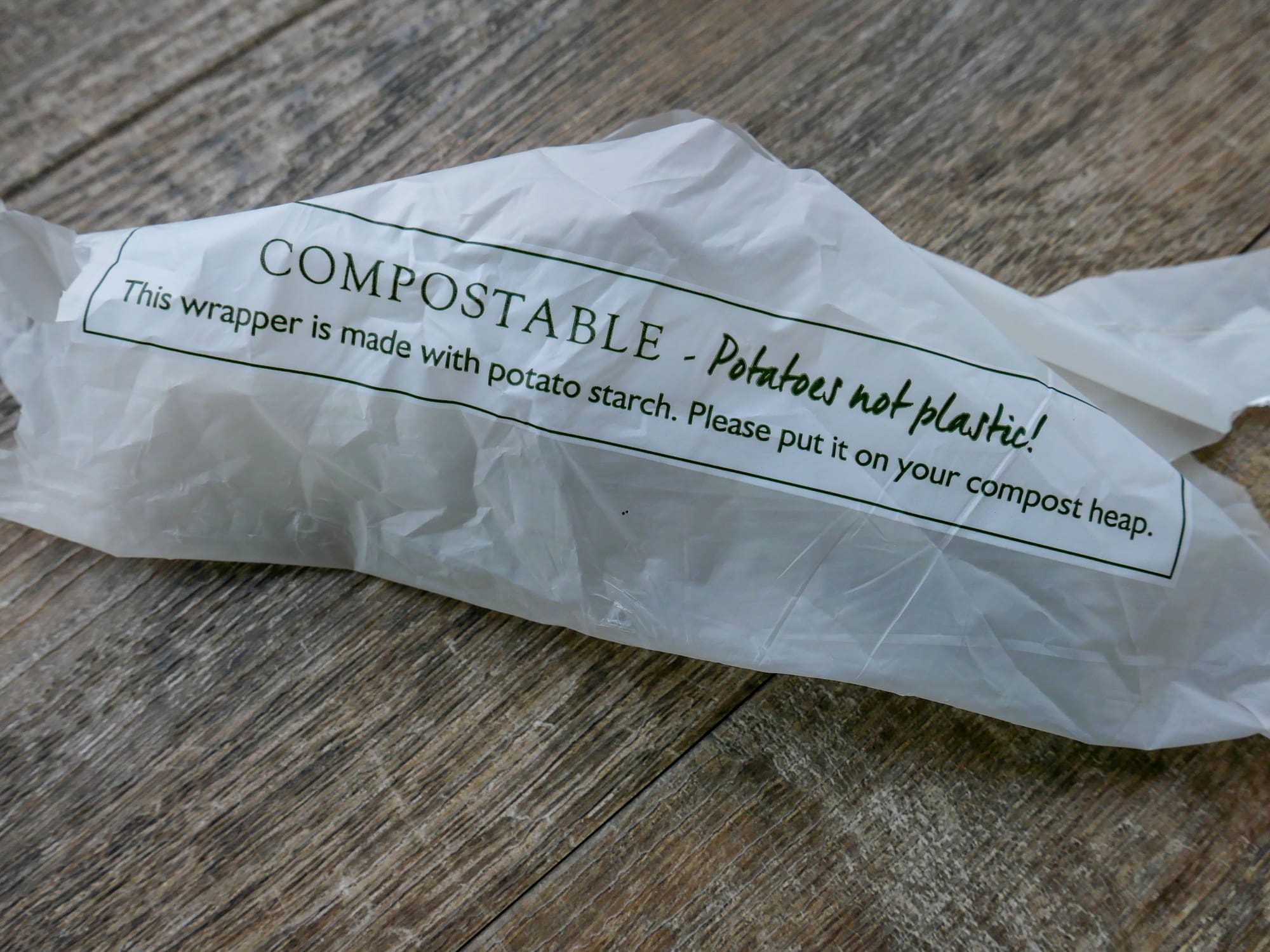
Design and Branding
Packaging is a critical aspect of your brand identity and marketing.
- Design Aesthetics: Ensure the packaging design is aligned with your brand and appeals to your target audience. The color scheme, typography, and imagery should reflect your brand’s values.
- Functionality and User Experience: Packaging should be user-friendly and offer a positive unboxing experience.
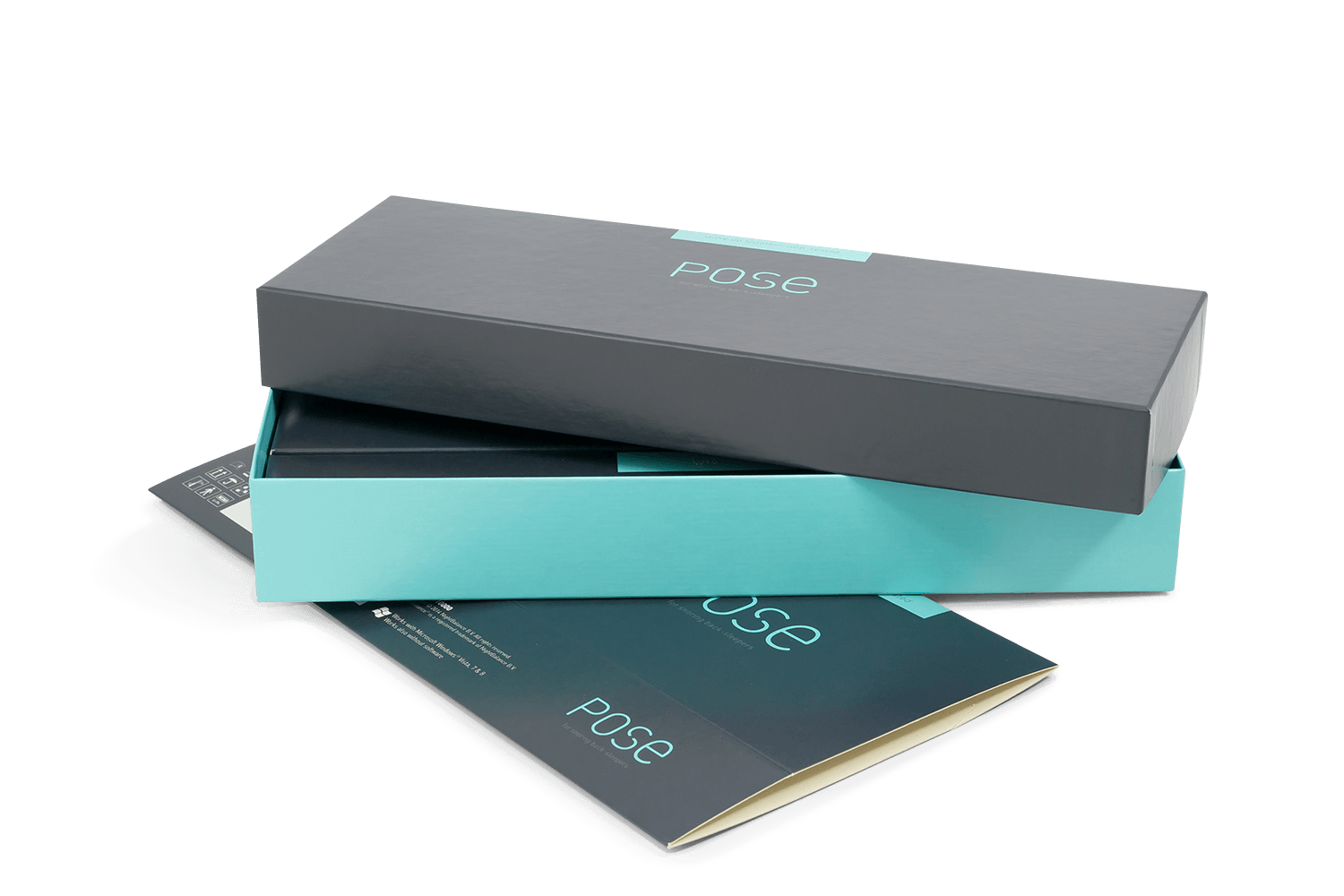
Cost Analysis
Understanding and managing the cost of packaging is crucial.
- Budgeting: Balance the cost of packaging with the need for quality and functionality. Consider long-term savings from durable or waste-reducing materials.
- Volume and Scalability: Assess how the quantity of packaging needed may change with your business’s growth.

Logistics and Supply Chain Management
Consider how packaging will impact the logistics of your product.
- Storage and Transportation: Evaluate the impact of packaging on storage and transportation costs.
- Supplier Selection: Choose suppliers based on quality, reliability, sustainability, and innovation.
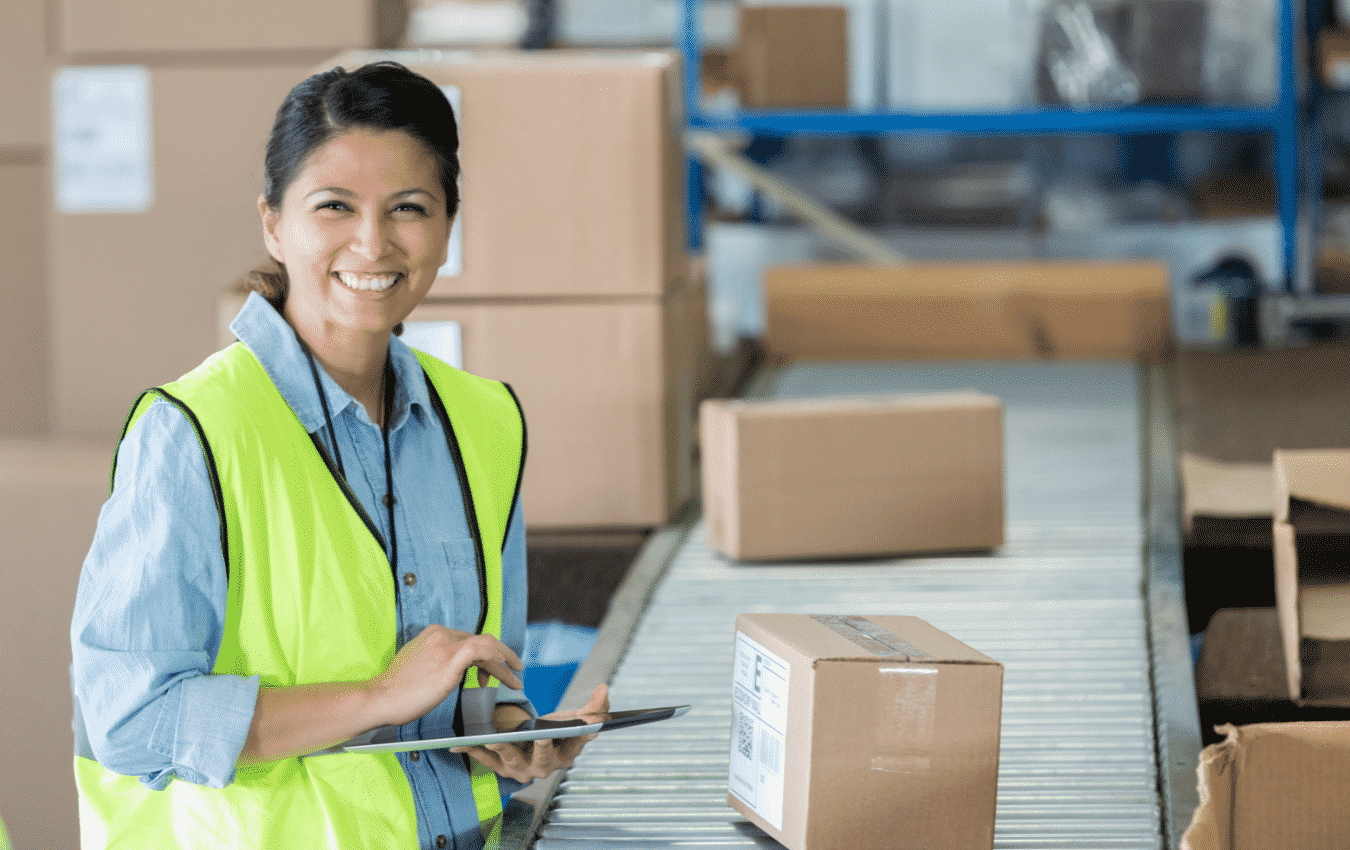
Regulatory Compliance and Standards
Ensure your packaging meets all industry regulations and standards.
- Legal Requirements: Stay updated on laws and regulations, particularly for specific industries like food and pharmaceuticals.
Feedback and Continuous Improvement
Regularly assess your packaging and make improvements based on feedback.
- Collect Feedback: Use customer and stakeholder feedback to refine your packaging strategy.
If you are interested in accessing your packaging needs and require packaging, then partner with Brown Packaging today to get started.
RSC boxes are known for their efficiency and versatility, but their performance ultimately comes down to strength. Buyers often see numbers like ECT, BCT, and
In packaging, foam isn’t just about initial protection — it’s about maintaining performance over the entire shipping or storage cycle. Compression set and recovery characteristics
Pouches are a go-to for flexibility and convenience, but they can fail in critical ways—from poor seals to punctures and delamination—that hurt performance and brand
In the retail environment, the placement of Point of Purchase (POP) displays is just as critical as their design and content. Strategic positioning can significantly
Choosing the right foam density isn’t about “soft” versus “hard” — it’s about controlling shock transmission and matching the foam’s cushioning curve to the product’s
Moisture resistance and dimensional stability are critical performance factors for custom inserts, especially when products are shipped or stored in variable climates. Both foam and
Home » Assessing Your Packaging Needs: A Buyer’s Guide

Sustainability has become a crucial issue in recent years, and more and more businesses are adopting sustainable practices to reduce their environmental impact. One area

Corrugated bin boxes are widely used for storage and organization, especially in warehouses and retail settings. When used and stacked properly, they offer an efficient
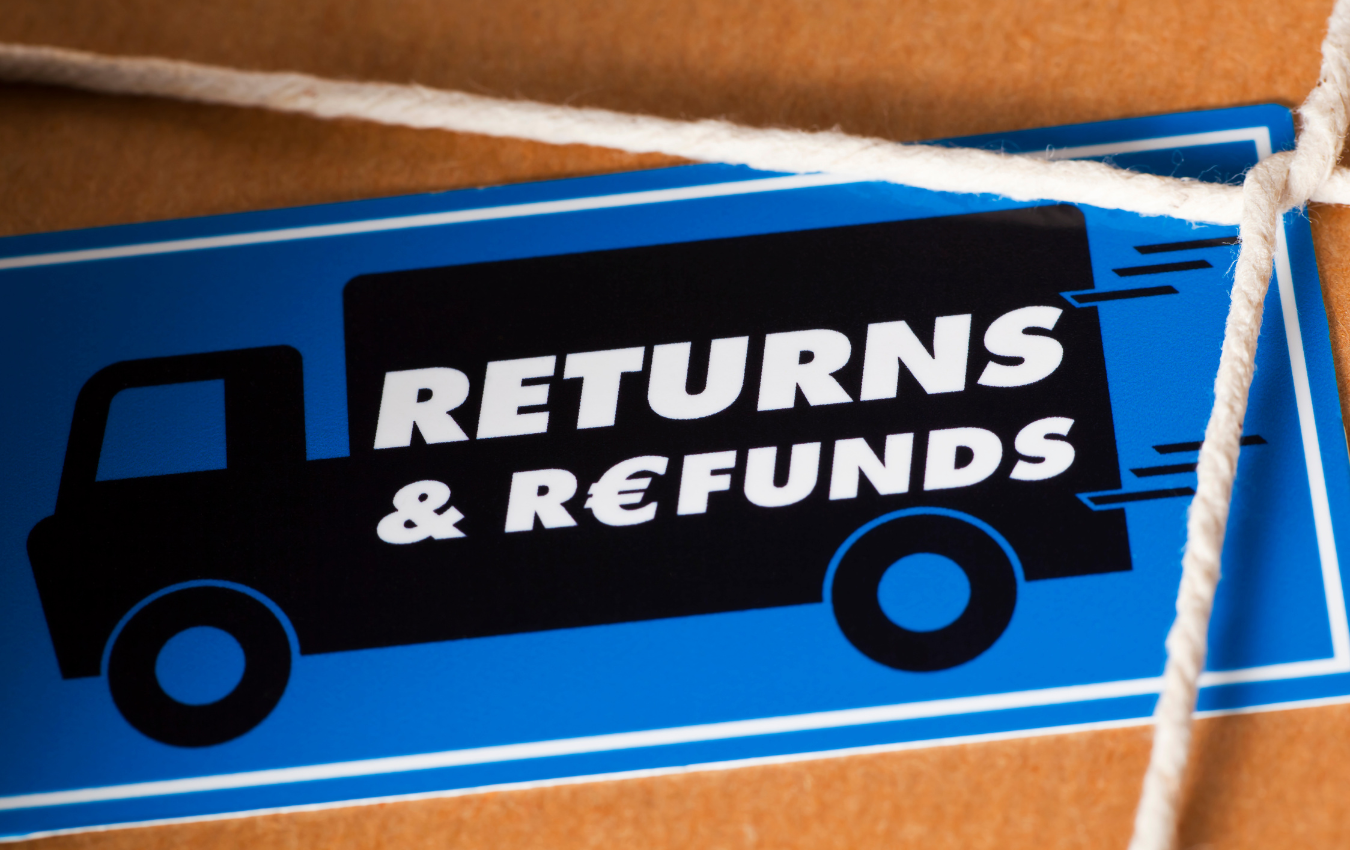
The post-holiday season often brings a surge in product returns, making it essential for e-commerce businesses to design packaging that simplifies the returns process. Offering


